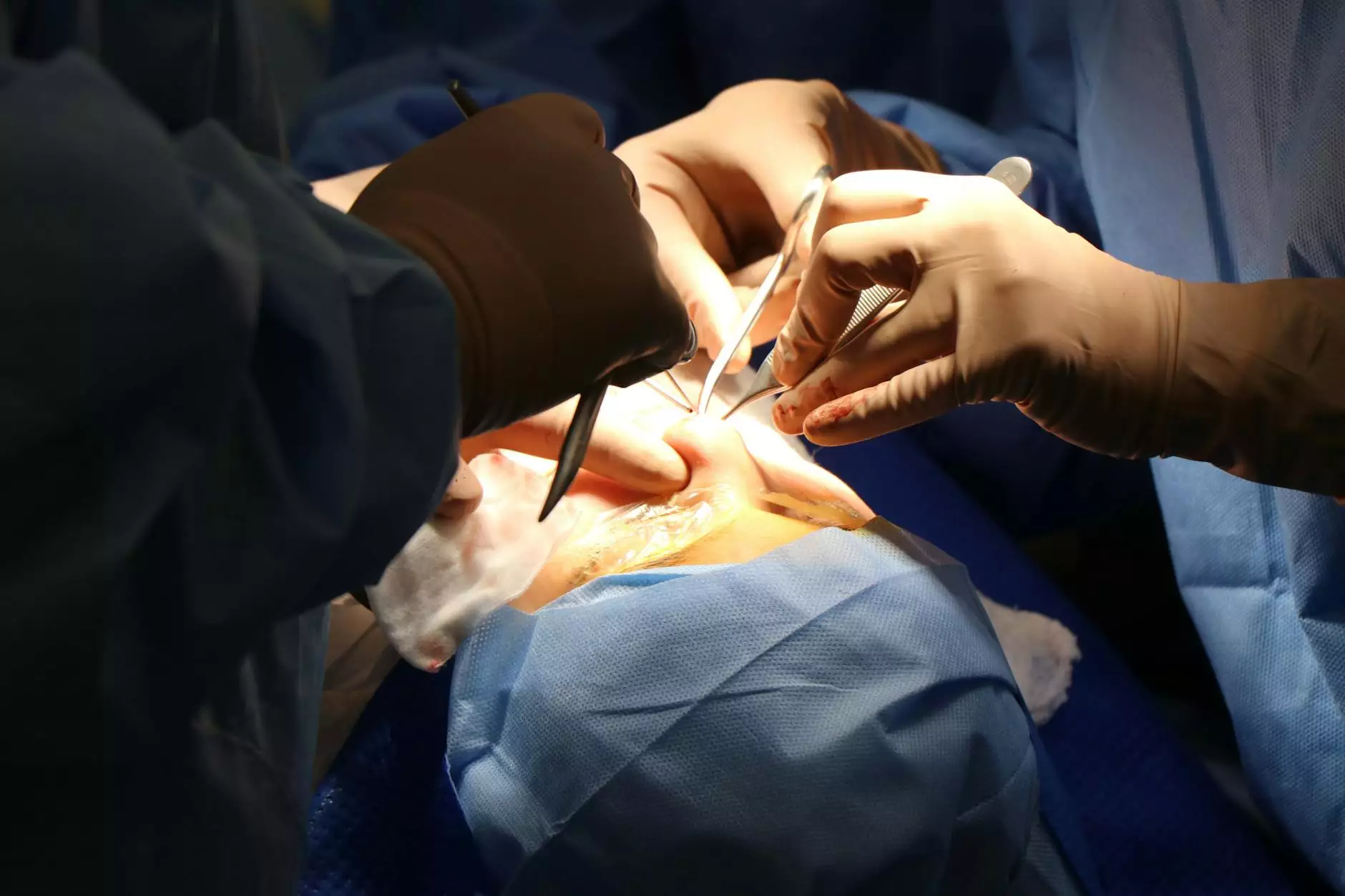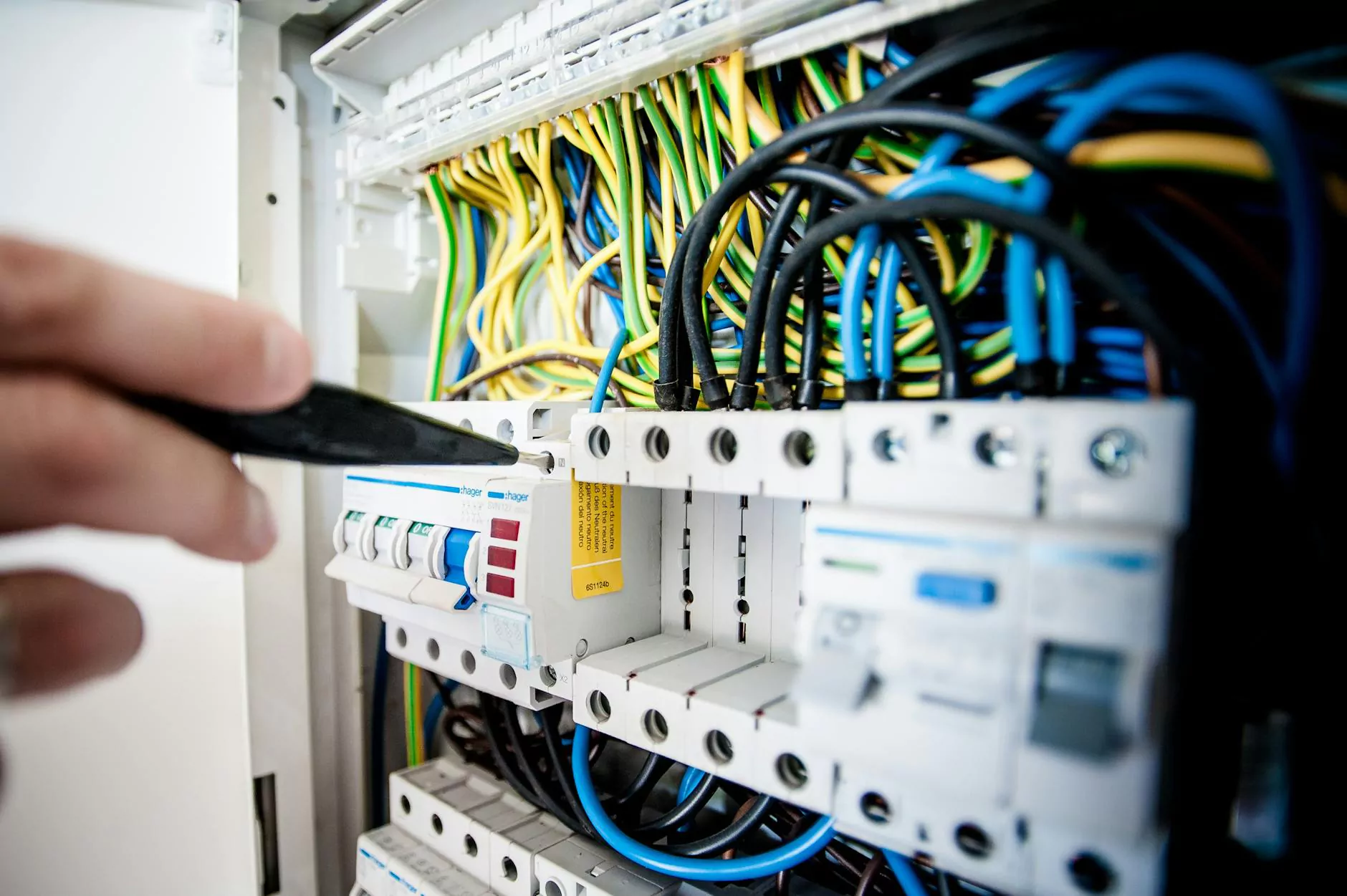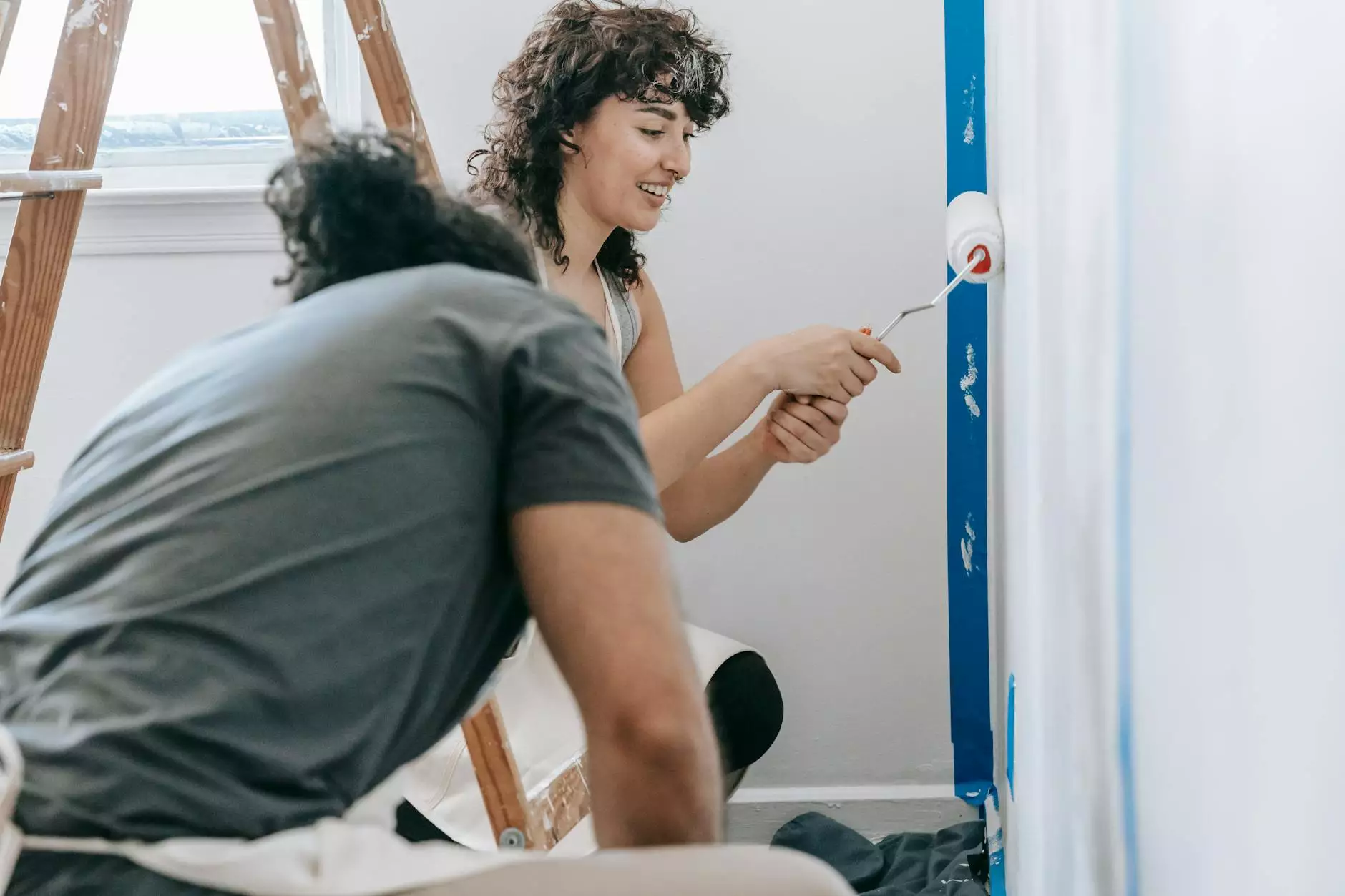How Much Does Pectus Carinatum Surgery Cost?

Pectus carinatum, commonly known as pigeon chest, is a condition characterized by an abnormal protrusion of the sternum and cartilage. While this condition is primarily a cosmetic concern for many, it can also lead to psychological distress and, in severe cases, affect respiratory function. As such, those seeking treatment often explore surgical options. However, a common question that arises is how much does pectus carinatum surgery cost? This article will provide a comprehensive overview of the costs associated with this surgery, the factors influencing these prices, and what to expect during the process.
Understanding Pectus Carinatum Surgery
Pectus carinatum surgery involves correcting the abnormal chest shape to improve both physical appearance and potentially alleviate any associated discomfort. There are primarily two types of surgical techniques employed:
- Open Surgery: This traditional method involves a larger incision and more extensive manipulation of the chest structure.
- Minimally Invasive Surgery: This technique uses small incisions and specialized tools, which may result in a quicker recovery time and less postoperative pain.
Each method has its benefits, and the choice often depends on the severity of the condition and the patient's overall health.
Factors Influencing the Cost of Pectus Carinatum Surgery
When budgeting for pectus carinatum surgery, several factors can influence the total cost. It is crucial to understand these components to prepare financially.
1. Geographic Location
The location where the surgery is performed can significantly affect the cost. Urban hospitals in regions with a higher cost of living may charge more than rural clinics. For example, a surgical facility in New York City may quote a different price than one in a smaller town.
2. Surgeon’s Experience and Reputation
The expertise of the surgeon also plays a crucial role. Highly experienced surgeons, particularly those who specialize in pectus deformities, may charge higher fees due to their skills and the complexity of the procedures they perform.
3. Type of Facility
The choice of medical facility—whether a hospital, outpatient center, or specialized clinic—can influence the final bill. Major hospitals often have higher overhead costs than dedicated surgical centers.
4. Insurance Coverage
Insurance companies may cover part of the surgery costs, especially if the condition affects the patient’s quality of life. However, this coverage can vary significantly; thus, verifying with your provider is essential to understand what is covered under your plan.
5. Additional Expenses
Beyond the surgery itself, patients should consider potential additional costs, such as:
- Anesthesia Fees: Anesthesia can add to the overall cost, and its charges depend on the type used.
- Hospital Stay: If an overnight stay is required, this could further increase costs.
- Follow-Up Appointments: Post-operative care is crucial and may incur additional costs.
- Medications: Prescription medications for pain management after surgery must be factored in.
The Average Cost of Pectus Carinatum Surgery
Generally, the cost for pectus carinatum surgery ranges from $30,000 to $70,000 in the United States. This range varies based on the factors discussed earlier, with the type of procedure being performed heavily influencing the total.
For an overview:
- Open Surgery: Can cost between $50,000 to $70,000.
- Minimally Invasive Surgery: Typically ranges from $30,000 to $50,000.
Insurance Considerations
If you have health insurance, it's vital to contact your provider to discuss coverage options related to pectus carinatum surgery. Many insurance policies consider this surgery medically necessary if the condition is severe enough, potentially covering a significant portion of the expense.
Make sure to:
- Check if your insurance plan requires prior authorization for the procedure.
- Get a detailed estimate of out-of-pocket costs after insurance coverage.
- Inquire whether pre-surgical evaluations and consultations are covered.
Financing Your Surgery
If insurance does not cover the surgery or if you are uninsured, financing options are available. Here are some alternatives to consider:
- Payment Plans: Many surgical centers offer payment plans to help spread the financial burden over time.
- Medical Credit Cards: Specialized credit cards for medical expenses can help finance your surgery.
- Personal Loans: Some patients choose to take out a personal loan to cover surgery costs.
Preparing for Surgery
Preparation for pectus carinatum surgery is essential for ensuring a smooth process and successful recovery. Patients should follow several guidelines:
- Schedule a comprehensive consultation with your surgeon to discuss expectations and standards of care.
- Undergo all required pre-operative testing to ensure readiness.
- Follow any instructions regarding medication adjustments and dietary restrictions leading up to the surgery.
- Arrange for post-operative care, including home support, if necessary.
The Recovery Process
Recovering from pectus carinatum surgery is a critical stage that requires proper care and attention. Here is what you can generally expect during recovery:
1. Immediate Post-Operative Care
Following the surgery, patients may stay in the hospital for monitoring, especially if open surgery was performed. Pain management will be provided, and patients will begin controlled mobility to enhance recovery.
2. Home Recovery
During the initial weeks at home, rest and gradual activity increase are key. Patients should avoid strenuous activities and follow specific guidelines from their healthcare provider.
3. Follow-Up Appointments
Regular follow-ups with the surgeon are essential to monitor healing and address any complications promptly. These appointments are usually scheduled weekly or bi-weekly in the initial recovery phase.
Final Thoughts on Cost and Value
Determining how much does pectus carinatum surgery cost is a complex question because it is influenced by various factors, including the type of procedure, geographic location, surgeon expertise, and insurance coverage. While the costs can be substantial, the benefits of improved physical appearance and enhanced quality of life can far outweigh the financial burden.
Invest in Your Health
Ultimately, investing in your health is paramount. Ensuring that you choose a qualified surgeon, understanding the financial implications, and preparing adequately will contribute to a successful surgical outcome and recovery. By gathering information and making informed decisions, patients can navigate the financial aspects of pectus carinatum surgery with confidence.
For more information on pectus carinatum surgery, costs, and healthcare services, consider visiting elclinics.com for professional guidance and support.









